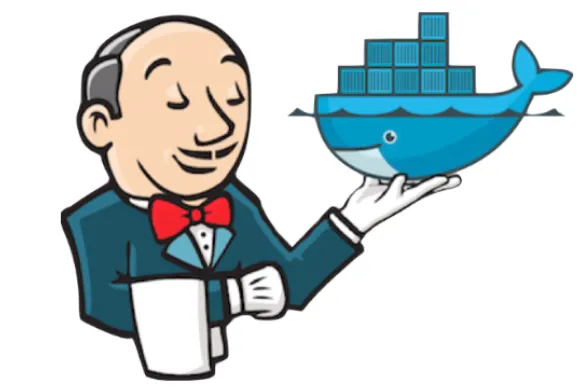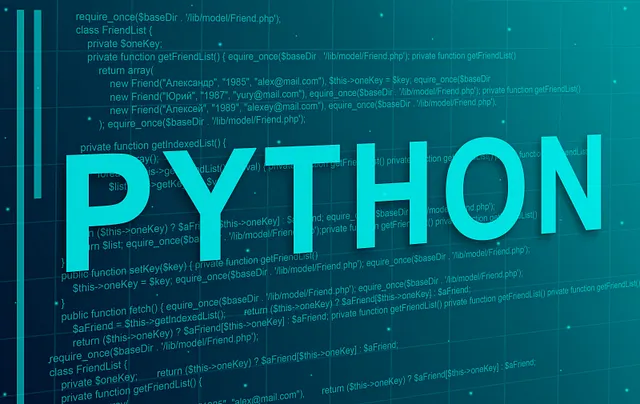- Provides a comprehensive walkthrough on internal application load balancer access through API Gateway via VPC link.
- Discusses using API as a CloudFront origin
- Guidance on how to provision a Lambda authorizer to limit API access to CloudFront URL
- Custom header used in CloudFront, with Lambda authorizer checking for presence of required header
- Load balancer and autoscaling group provisioned in private subnets for added security
- Infrastructure Provisioned:
- Custom VPC
- 2 Private Subnets
- Internal Application Load Balancer
- Autoscaling group
- VPC Link
- HTTP API
- CloudFront Distribution
- Lambda Authorizer
- Comprehensive guidance on provisioning a CI/CD pipeline with CodePipeline and CodeBuild using Terraform
- Utilized a bash script for unit testing and status check on pull requests
- Deployment pipeline runs on merge, deploying to the dev environment
- A manual approval stage is implemented for deployment to the prod environment
- Inludes unit testing to check for HTML elements
- Developed and maintained a custom music player using Django, Docker, Nginx, and Gunicorn.
- Utilized Python, JavaScript, and HTML for the application
- Orchestrated robust and scalable AWS infrastructure with Terraform:
- Custom VPC with public and private subnets
- S3 bucket for storage of audio and image files
- Autoscaling group in private subnets, and launch template with custom AMI
- ALB in public subnets
- CloudFront distribution for caching files from S3 bucket
- VPC endpoint for autoscaling group access to S3 bucket
- Optional bastion host
- SSL certificate and domain name with records in Route53
- Implemented a blue/green deployment strategy via DNS routing for seamless updates
- Integrated a CI pipeline using GitHub Actions:
- Starts staging EC2 instance
- Runs unit tests and linting
- Builds custom Docker image and pushes to Docker Hub
- Deploys necessary containers to staging server
- Creates custom AMI from staging server for use in production
- Details the creation of an event-driven architecture in AWS, as well as the benefits of the design pattern
- Utilizes Lambda, API Gateway, SQS, and SNS
- Python with boto3 used for the Lambda functions
- Discussion of a potential roadblock when using boto3 to publish SNS messages
- Utilized a Python Boto3 script for time and cost-saving automation of DynamoDB operations
- Demonstrates enhanced efficiency and reduced manual workload
- Automates parsing of text files and distribution of data to DynamoDB table
- Constructed a 3-tier AWS architecture with CloudFormation.
- Provisioned resources such as:
- VPC
- Subnets
- Route Tables
- Launch Templates
- Autoscaling groups
- ELBs
- Security Groups
- RDS
- Includes a discussion of cross-stack referencing for a more modular approach
- Load balancer troubleshooting
- Implemented a secure 3-tier AWS cloud architecture, isolating presentation, application logic, and data tiers
- Demonstrates deployment security, efficiency, scalability, and ease of management
- Provisioned resources:
- VPC
- Subnets
- Route Tables
- Launch Templates
- Autoscaling groups
- ELBs
- Security Groups
- RDS
- Bastion host
- Explanation of how to test connectivity between tiers
- Leveraged CloudFormation for the creation of an EC2 autoscaling group, involving the setup of essential AWS resources
- Provisioned resources:
- VPC
- Subnets
- Route Table
- Internet gateway
- Launch Template
- Autoscaling group
- Application Load Balancer
- Security Groups
- Thorough documentation on successful setup of custom GitHub Actions workflows to streamline CI process
- Includes unit testing, linting, building Docker images, and a variety of Python scripts to automate resource management in AWS
- Stages of Pipeline:
- On pull request:
- Starts staging server
- Runs unit tests and linting
- Builds Docker image and pushes to Docker Hub
- Deploys containers to staging server
- Staging server is stopped in the event of a pipeline failure
- On merge:
- Creates custom AMI from staging server
- Stops staging server
- Stops staging server without creating AMI in the event of a pull request being closed without merge
- Provisioning of an EC2 autoscaling group with application load balancer
- Adds necessary security groups for HTTP and SSH access
- Creation of a launch template with user data that installs an Apache web server
- Inclusion of a dynamic scaling policy, tested with stress tests
- Details necessary steps to get started with Ansible, including:
- Installation
- Configuration with ansible.cfg and inventory files
- Ad hoc commands
- Creating and running playbooks
- Distinguishing managed nodes with groups
- Running playbooks from particular tasks
- Installation and starting of services like Nginx, and copying files to managed nodes
- Basic discussion of Jenkins as a CI tool
- Discusses the creation of a Jenkins container with Docker
- Utilizes a Docker volume for persistent data
- Makes use of Docker Compose and Dockerfiles
- Basic explanation of setting up a Docker Swarm on an EC2 fleet
- Explanation of SSH related actions:
- Setting up a remote SSH host with VS Code
- Agent Forwarding
- Discusses the initiation of a swarm manager and joining worker nodes
- Includes a boto3 script that:
- Starts swarm nodes
- Returns public IP of the manager node
- Automates updating the ".ssh/config" file with the new IP address
- Explanation of deploying services to Docker swarm
- Discusses the use of a compose file to deploy multi-container stacks
- Explanation of the basics of containerization, and Docker specifically
- Details setting up a Docker environment in VS Code and remote EC2 servers
- Employs a Docker container to host a web server
- Walks through the process of creating custom Docker images and pushing to Docker Hub
- Details the creation of a Python script for cataloging files and directories through the use of a Python dictionary
- Discusses the use of a recursive function to obtain directory sizes






















